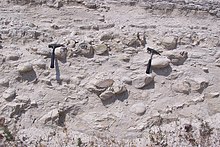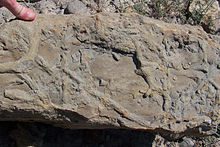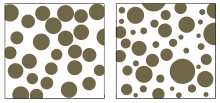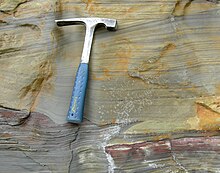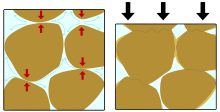Main article: Politics of Minnesota
See also: List of political parties in Minnesota, United States congressional delegations from Minnesota, Minnesota's congressional districts, and Political party strength in Minnesota
| Year | Office | GOP | DFL | Others |
|---|---|---|---|---|
| 2014 | Governor | 44.5% | 50.1% | 5.4% |
| Senator | 42.9% | 53.2% | 3.9% | |
| 2012 | President | 45.1% | 52.8% | 2.1% |
| Senator | 30.6% | 65.3% | 4.1% | |
| 2010 | Governor | 43.2% | 43.7% | 13.1% |
| 2008 | President | 43.8% | 54.1% | 2.1% |
| Senator | 42.0% | 42.0% | 16.0% | |
| 2006 | Governor | 46.7% | 45.7% | 7.6% |
| Senator | 37.9% | 58.1% | 4.0% | |
| 2004 | President | 47.6% | 51.1% | 1.3% |
| 2002 | Governor | 44.4% | 33.5% | 22.1% |
| Senator | 49.5% | 47.3% | 1.0% | |
| 2000 | President | 45.5% | 47.9% | 6.6% |
| Senator | 43.3% | 48.8% | 7.9% | |
| 1998 | Governor | 34.3% | 28.1% | 37.6% |
| 1996 | President | 35.0% | 51.1% | 13.9% |
| Senator | 41.3% | 50.3% | 8.4% | |
| 1994 | Governor | 63.3% | 34.1% | 2.6% |
| Senator | 49.1% | 44.1% | 6.8% | |
| 1992 | President | 31.9% | 43.5% | 24.6% |
Hubert Humphrey brought national attention to the state with his address at the 1948 Democratic National Convention. Minnesotans have consistently cast their Electoral College votes for Democratic presidential candidates since 1976, longer than any other state. Minnesota is the only state in the nation that did not vote for Ronald Reagan in either of his presidential runs. Minnesota has gone to the Democratic Party in every presidential election since 1960, with the exception of 1972, when it was carried by Richard Nixon and the Republican Party.
Both the Democratic and Republican parties have major party status in Minnesota, but its state-level "Democratic" party is actually a separate party, officially known as the Minnesota Democratic-Farmer-Labor Party (DFL). It was formed out of a 1944 alliance of the Minnesota Democratic and Farmer-Labor parties.
The state has had active third party movements. The Reform Party, now the Independence Party, was able to elect former mayor of Brooklyn Park and professional wrestler Jesse Ventura to the governorship in 1998. The Independence Party has received enough support to keep major party status. The Green Party, while no longer having major party status, has a large presence in municipal government,[131] notably in Minneapolis and Duluth, where it competes directly with the DFL party for local offices. Official "Major party" status in Minnesota (which grants state funding for elections) is reserved to parties whose candidates receive five percent or more of the vote in any statewide election (e.g., Governor, Secretary of State, U.S. President).
The state's U.S. Senate seats have generally been split since the early 1990s, and in the 108th and 109th Congresses, Minnesota's congressional delegation was split, with four representatives and one senator from each party. In the 2006 midterm election, Democrats were elected to all state offices except for governor and lieutenant governor, where Republicans Tim Pawlenty and Carol Molnau narrowly won reelection. The DFL posted double-digit gains in both houses of the legislature, elected Amy Klobuchar to the U.S. Senate, and increased the party's U.S. House caucus by one. Keith Ellison (DFL) was elected as the first African American U.S. Representative from Minnesota, as well as the first Muslim elected to Congress nationwide.[132] In 2008, DFLer and former comedian and radio talk show host Al Franken beat incumbent Republican Norm Coleman in the United States Senate race by 312 votes out of 3 million cast.
In the election of 2010, Republicans took control of both chambers of the Minnesota legislature for the first time in 38 years and, with Mark Dayton's election, the DFL party took the governor's office for the first time in 20 years. Two years later, the DFL regained control of both houses, and with Governor Dayton in office, the party had same-party control of both the legislative and executive branches for the first time since 1990. Two years later, the Republicans regained control of the Minnesota House in the 2014 election,[133] and in 2016, the GOP also regained control of the State Senate.[134]

